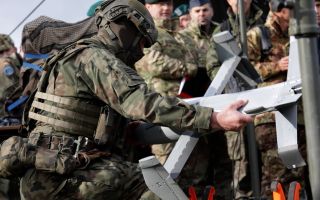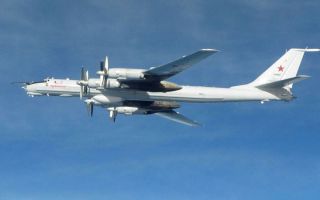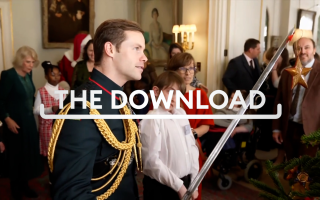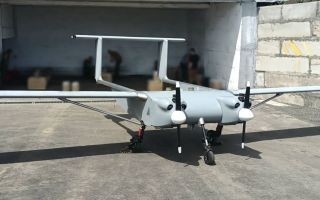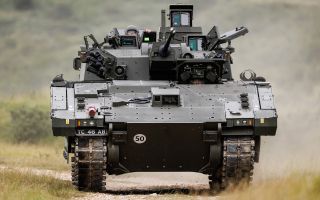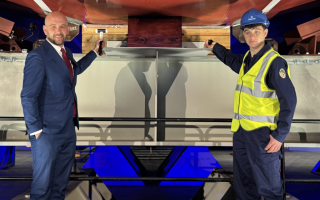What happens when military submariners need to be rescued?
Being trapped deep under the ocean's surface is something every military submariner must consider and prepare for.
The Royal Navy has always been at the forefront of underwater warfare, so its submariners must be ready for any situation.
Forces News has spoken to a former Royal Navy Commander about exactly how submariners are rescued if a problem occurs.
"For me when I was Captain, while it did not dominate my day, I was always thinking 'what if'? and 'what are we going to do if?'. And all submariners have that mentality," said former Royal Navy Commander Ryan Ramsey.
If trouble occurs
Cdr Ramsey explained that "all submarines carry what's called a submarine indicator buoy, and one of the initial things that the crew does is release that indicator buoy, that indicator buoy is tethered to the submarine.
"The indicator buoy floats to the surface, and that light signal is sent directly to an emergency satellite, that is picked up by headquarters and, instantly, the HQ will know a submarine is in distress in an exact position."
However, the former Navy Commander said: "If they don't release the indicator buoy, then once again you know where the submarine is operating because they have what's called water space management, you send out exactly where you are going to be operating.
"If a submarine gets in distress, no matter what its nation or nationality, all submarine forces respond in order to provide the rescue service which is required."
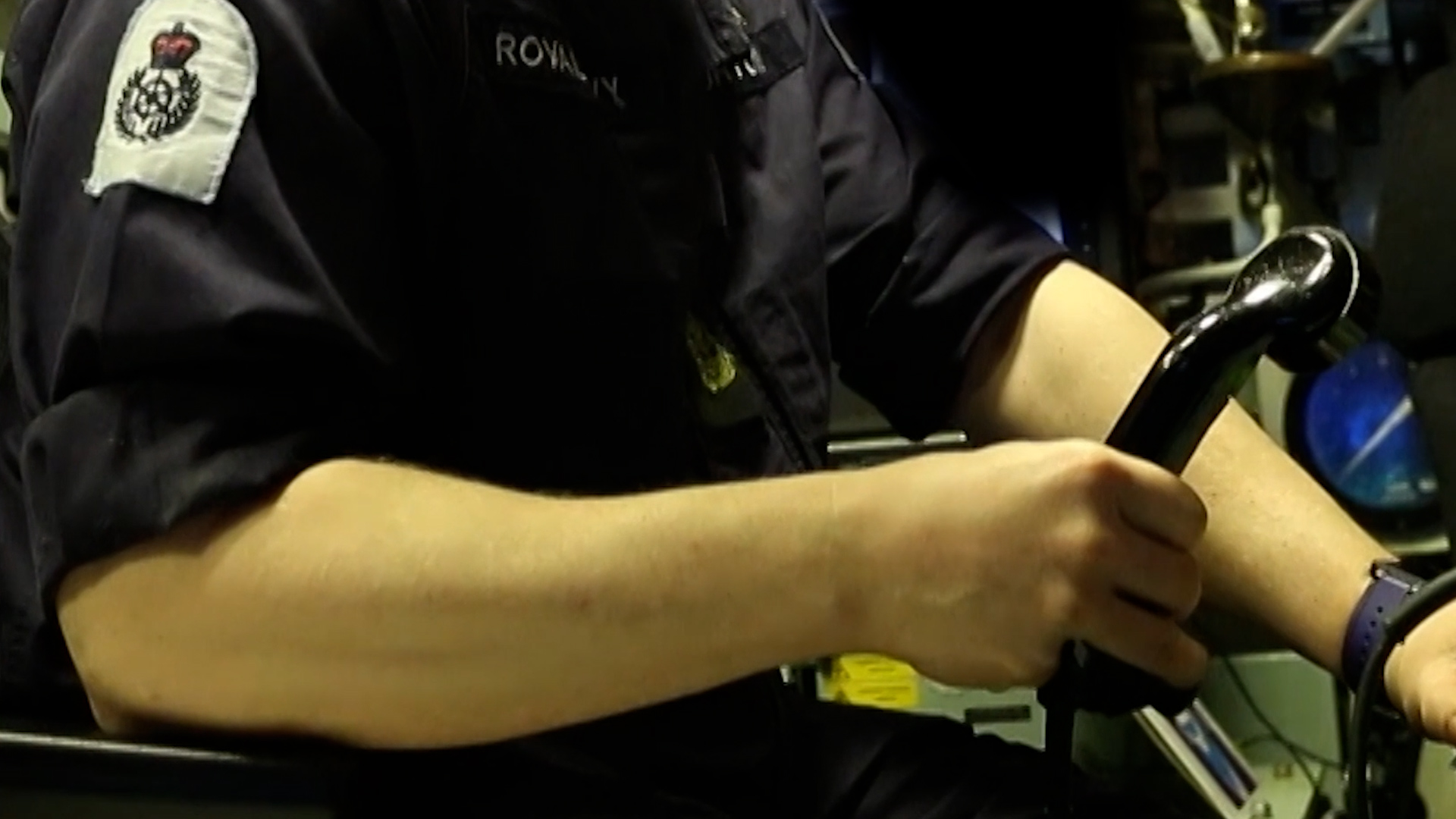
What's next?
Once the location of a submarine in trouble is established, rescue forces will be sent out.
"Such as a Submarine Parachute Assistance Group that flies out, and they drop into the water with boats to provide communications," Cdr Ramsey explained.
"Then ships will arrive, and then a ship carrying, in a particular case for Nato, the latest submarine rescue vehicle (SRV), they'll arrive, launch the submarine rescue vehicle down to the stricken submarine."
Nato has its own Submarine Rescue System, operated by Britain, France and Norway.
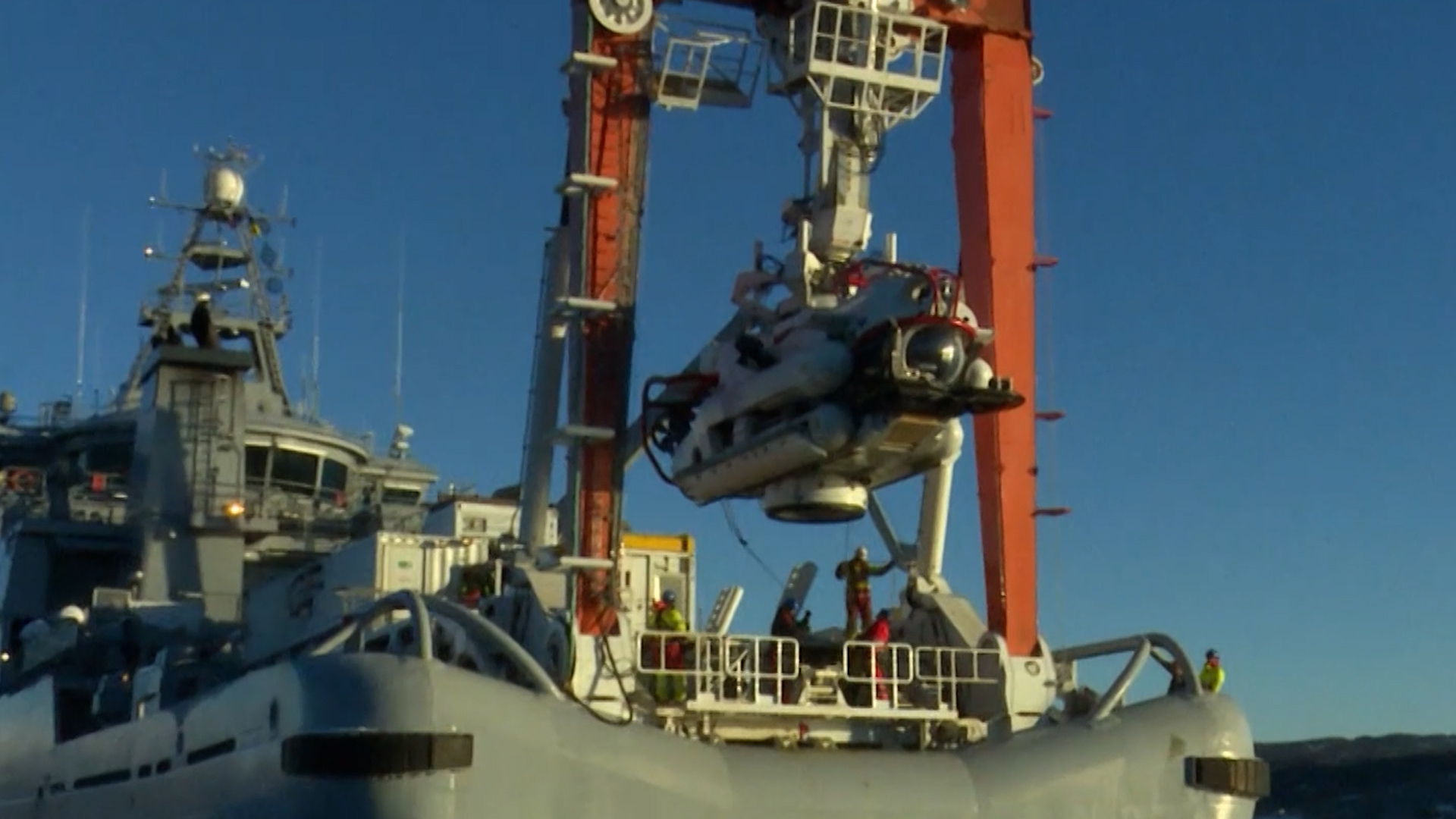
A mini-submarine known as an SRV rescues trapped submariners from the ocean depths and, once back to the support vessel, transfers them to a portable hyperbaric chamber to avoid decompression illness, known as the bends.
The vessel, structurally designed to dive to 600m, although very few vessels operate to that depth, has most recently been getting tested in the cold waters around Norway.
A typical training scenario involves a race against time to reach the stranded crew of a Norwegian submarine, having to search through the darkness deep down.
Once locating the submarine, they must manoeuvre their vehicle over the submarine.
Cdr Ramsey says: "Most submarines across the world have a standard escape hatch. They standardise the escape hatch, even if it was potentially an enemy submarine, they standardise the escape hatch so anybody could go and rescue."
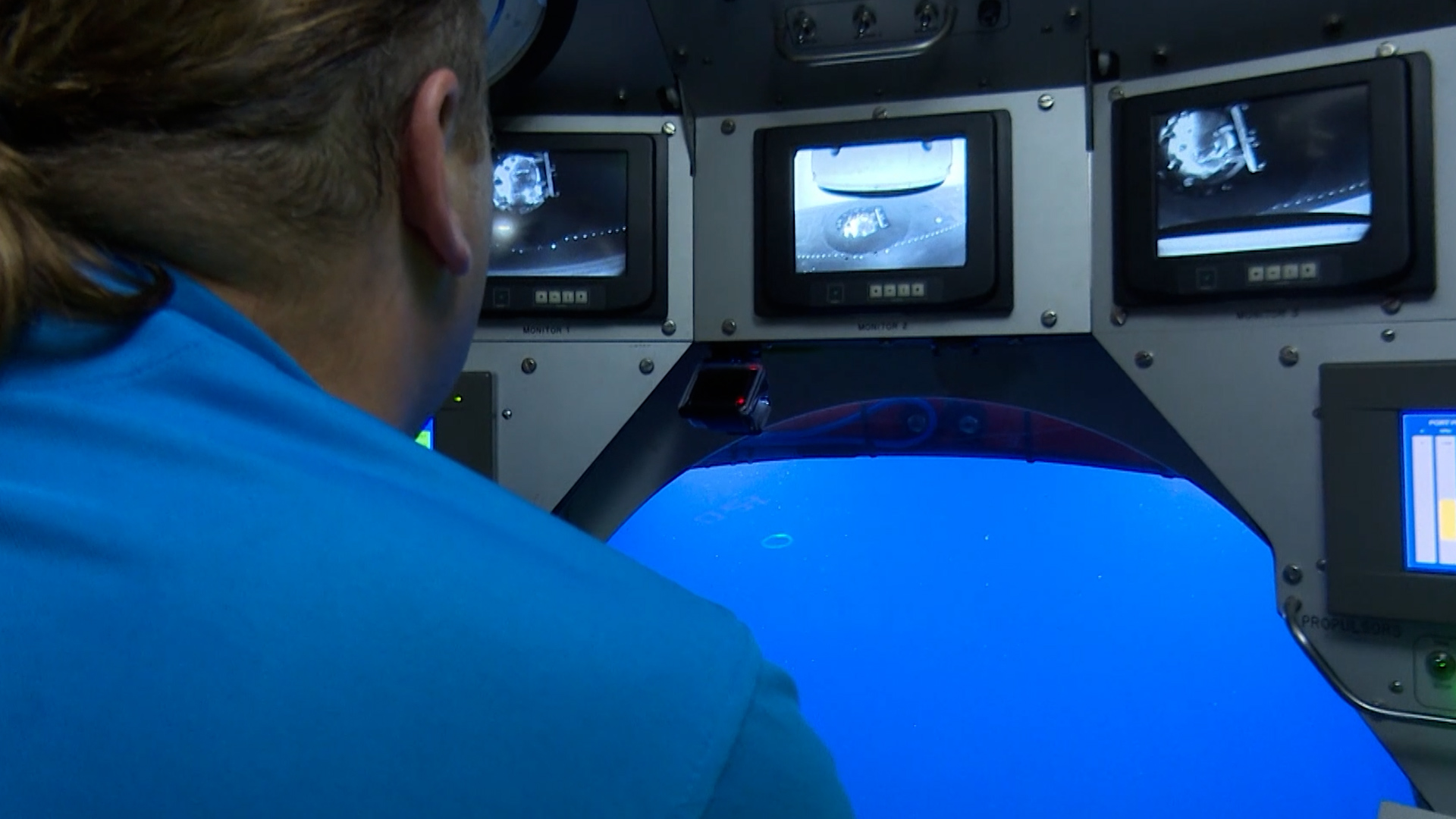
After creating a seal between the rescue vehicle and the located hatch, the hatch is opened up and the crew moved onto the rescue vehicle, which could take several trips depending on the crew numbers.
Up to 180m down, submariners can escape a stricken sub in special immersion suits, but any deeper and the chances of survival fall rapidly.
Cdr Ramsey praised the "world-class" training facilities at the Royal Navy's Naval Base Faslane (HM Naval Base Clyde), highlighting the submarine escape training tank, which allows for submarine escape, rescue, abandonment and survival training.
Nato's Submarine Rescue System remains one of the best in the world, able to deploy anywhere in the world in just 72 hours.

